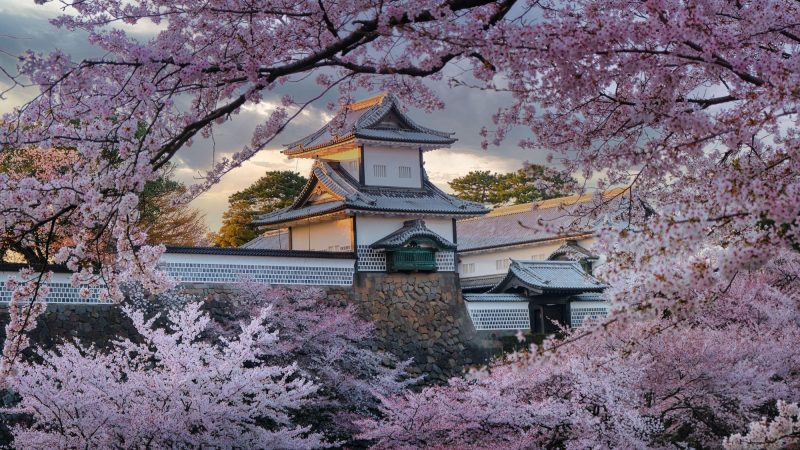
Japan’s traditional gardens are renowned worldwide for their unparalleled serenity and meticulous design. Each garden is a carefully crafted world unto itself, a testament to centuries of horticultural artistry and philosophical reflection. While countless stunning gardens exist throughout the country, three stand out as particularly captivating examples of this unique art form. Exploring these spaces offers a profound connection with nature and a deeper understanding of Japanese aesthetics.
One such masterpiece is the Kenrokuen Garden in Kanazawa. Often cited as one of Japan’s three most beautiful landscape gardens, Kenrokuen boasts a breathtaking array of meticulously placed trees, ponds, and meticulously raked gravel. The garden’s design masterfully incorporates elements of the six essential garden principles: spaciousness, seclusion, artifice, antiquity, water features, and panoramas. Wander through its winding paths and discover hidden groves, picturesque bridges, and stunning seasonal displays, each element contributing to a holistic and deeply moving experience.
Next, consider the Ryoan-ji Temple’s Zen garden in Kyoto. Famous for its iconic rock garden, this seemingly simple landscape is a profound study in minimalism and contemplation. Fifteen rocks, carefully arranged in five groups on a bed of raked gravel, invite contemplation and introspection. The lack of obvious focal points encourages visitors to focus on the subtle interplay of shapes, textures, and negative space, fostering a sense of peace and quietude rarely found in modern life. The minimalist aesthetic is a powerful example of Zen philosophy translated into a tangible, meditative experience.
Finally, the Korakuen Garden in Okayama offers a different yet equally captivating experience. This expansive garden seamlessly blends elements of the Chinese and Japanese landscape styles, creating a harmonious and visually rich environment. Its expansive layout incorporates a large pond, winding streams, teahouses, and meticulously manicured lawns. The garden’s design is particularly noteworthy for its skillful integration of the surrounding landscape, making it feel both contained and expansive simultaneously. The careful placement of pavilions and viewing points allows visitors to appreciate the garden from a variety of perspectives, each offering a unique and breathtaking vista.
These three gardens represent only a small fraction of Japan’s incredible horticultural heritage. Each, however, offers a unique opportunity to experience the profound beauty and tranquility of traditional Japanese garden design, a testament to human creativity and the enduring power of nature.










